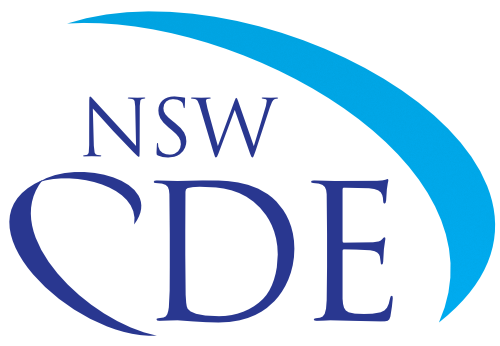Sentence fluency
CONTEXT
- The teacher education student is in her final year of a Bachelor of Education degree.
- The teacher education student is completing her final teaching placement.
- This school is a large school in a semi-rural region.
- This lesson focuses on sentence fluency.
- The students wrote stories last week and in this lesson they have just learnt how to make their concluding sentences more exciting.
Demonstrate understanding of assessment strategies, including informal and formal, diagnostic, formative and summative approaches, to assess student learning.
EVIDENCE ANNOTATION
The teacher education student demonstrates 5.1.1 ‘Graduate exceeds’ through:
- Explicitly referring to sentence fluency proficiency scales so that students are aware of the success criteria and learning intentions at the start of the lesson.
- Analysing student work samples (stories) to recognise diagnostic information that can be used and considering how it informs differentiation and future tasks. The teacher education student uses the concluding sentence from one student sample to illustrate how to make sentence starters more exciting.
- Designing and delivering a further short formative assessment task (changing a sample sentence) to assess whether students have learnt strategies from the lesson.
- Encouraging students to share their answers to the formative task and providing feedback on ways of changing sentence starters.
G: The goal for this teacher education student is 5.1.1.
R: The teacher education student has exceeded 5.1.1 at graduate level.
O: What specific mentoring strategies could you employ with this teacher education student to help her move towards ‘Proficient’ for 5.1.1?
W: What is the next step you would negotiate as a goal for this teacher education student? What will you do as a Mentor to help her achieve this goal?
G: To demonstrate understanding of assessment strategies, including informal and formal diagnostic, formative and summative approaches in order to assess student learning and to move up on the 5.1.1 graduate continuum.
R: Which level of the graduate continuum are you currently at for 5.1.1? Refer to recent feedback you have received.
O: What specific actions could you take to improve your understanding and use of assessment strategies to assess student learning?
- Could you design and trial diagnostic assessments to inform your understanding of students’ learning?
- Could you design and trial formative assessments such as quizzes, informal tasks or observations to monitor student learning?
- Could you use samples of students’ diagnostic or formative work to further develop understanding in class, as the teacher education student does in this video?
- Could you design and trial self- or peer assessments to help students reflect on their progress?
- Could you contribute to the design of summative assessment tasks to assess student learning at the end of a unit of study?
- Could you consult anyone at your school for advice on assessment design?
W: What is your next step in improving your understanding and use of assessment strategies to assess student learning? Try to formulate a specific goal.
